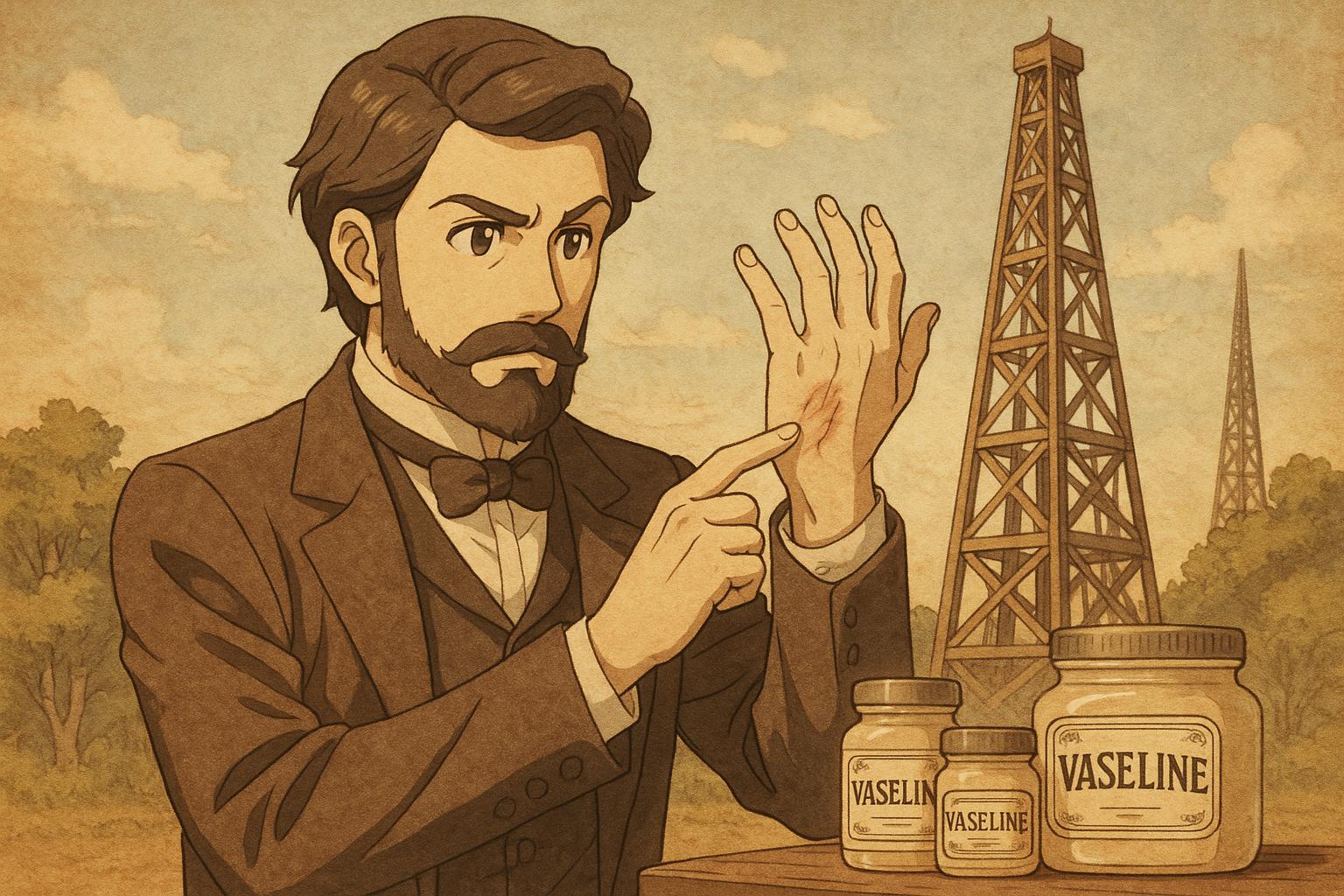The origins of Vaseline, the ubiquitous balm known for its skin-soothing properties, have recently captured public attention, revealing an unexpected tale steeped in history and innovation. This interest was sparked by a segment on the BBC's quiz show QI, where host Sandi Toksvig elucidated the story behind the iconic product. Many viewers were left astonished as they learned that Vaseline is essentially petroleum jelly, derived from a rather surprising source.
The story begins with Robert Augustus Chesebrough, an English-born American chemist who had initially ventured into the world of sperm whale oil. However, as these resources dwindled and market changes took hold, his enterprise faltered. In 1859, during a boom in oil production in Pennsylvania, he saw an opportunity. While observing workers at oil rigs, he noted that they used a thick residue known as "rod wax," which accumulated around drilling equipment, to treat minor cuts and burns. Intrigued, Chesebrough embarked on a decade-long journey to refine this substance into what we now know as petroleum jelly.
Chesebrough's method of distilling this oil by-product into a usable balm was patented in 1872, and he branded it as Vaseline. Initially met with scepticism, he took to the streets—literally riding his horse—and conducted dramatic demonstrations by burning his skin to showcase its healing properties. This relentless marketing effort eventually led to significant sales, with records indicating that by 1874, one jar was sold every minute across the United States.
Interestingly, viewers of the QI episode sparked a flurry of questions about the origins of the "gunk" that forms the basis of Vaseline. While many nodded in appreciation of the product's storied past, others were keen to learn more about the residual material that inspired Chesebrough. This curiosity reflects a growing consumer trend towards transparency in the ingredients used in modern skincare—and indeed, Vaseline's simple formulation has not lost its charm amid the cacophony of complicated beauty products seen today.
Chesebrough went on to establish the Chesebrough Manufacturing Company, which later merged with Pond's in 1955, subsequently becoming part of the Unilever conglomerate in 1986. Vaseline is now recognised not just for its historical significance but also for its enduring versatility, finding applications in everything from basic skincare to industrial uses.
The fascinating arc of Vaseline's history serves not only as an intriguing anecdote but exemplifies the way practical ingenuity can transform humble materials into household staples. As consumers continue to seek out products with clear provenance and functions, Vaseline stands out as a testament to the age-old connection between chemistry and everyday life, reminding us that even the simplest of substances can have profound and lasting impacts.
Reference Map:
- Paragraph 1 – [1], [2]
- Paragraph 2 – [1], [4], [6]
- Paragraph 3 – [1], [3], [5]
- Paragraph 4 – [7]
- Paragraph 5 – [4], [5]
Source: Noah Wire Services
